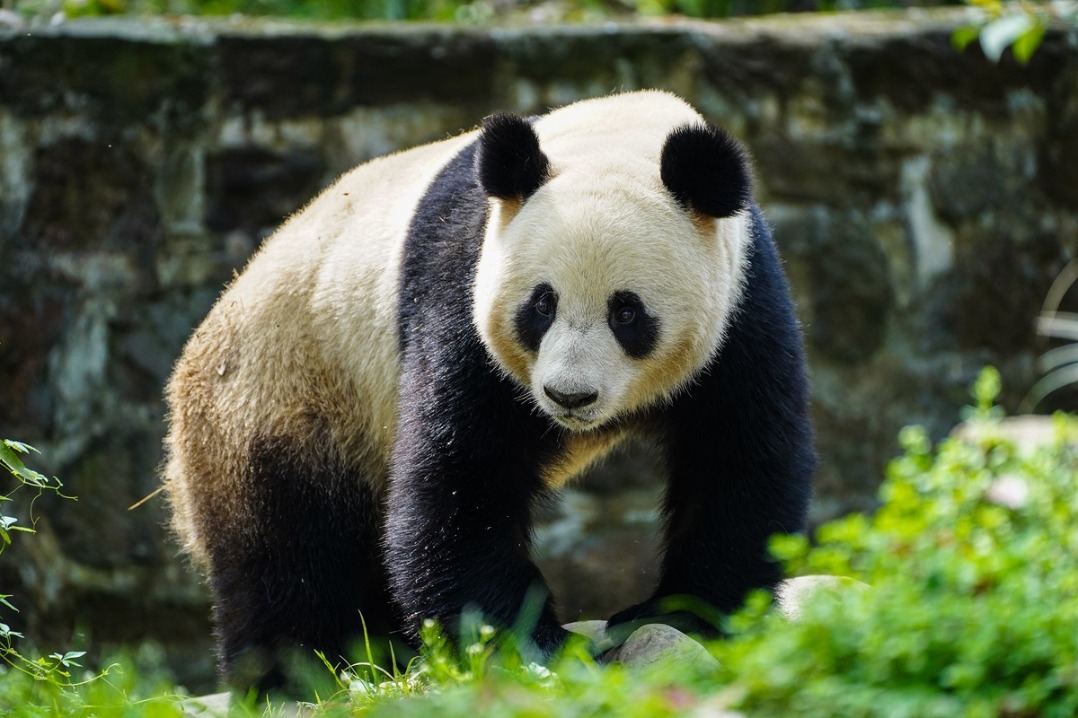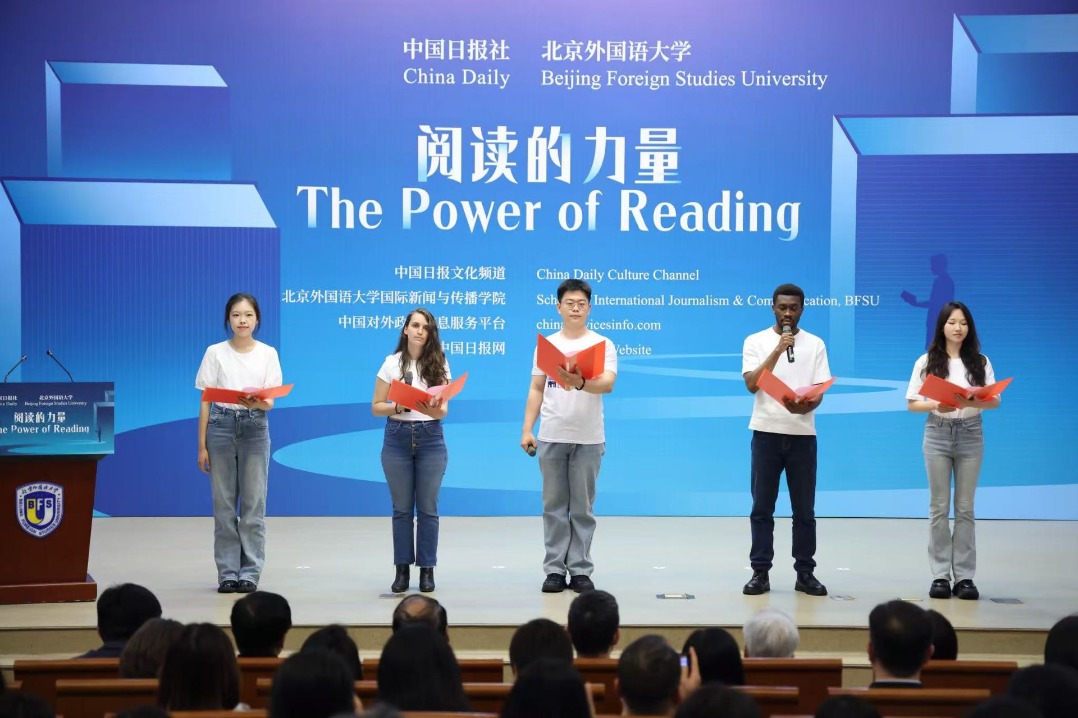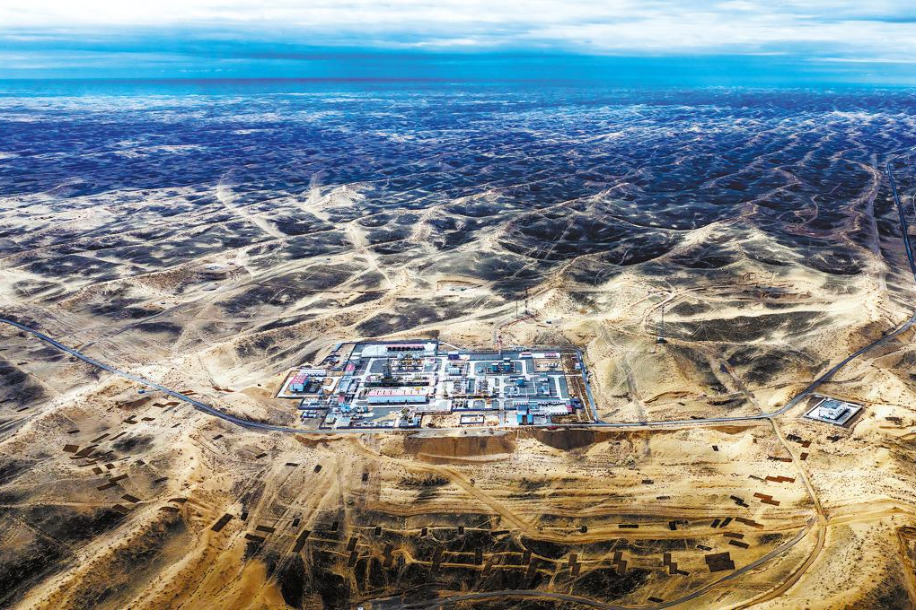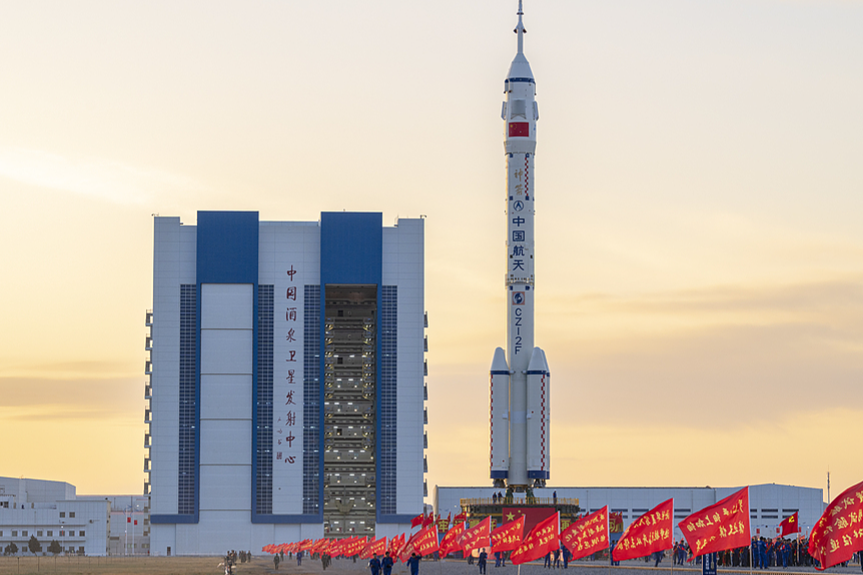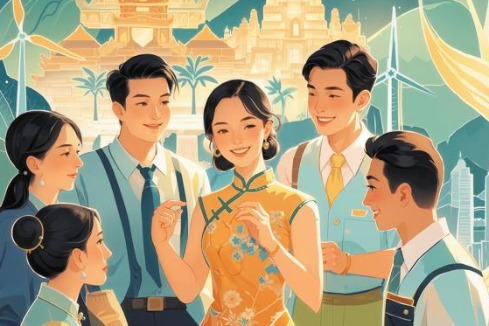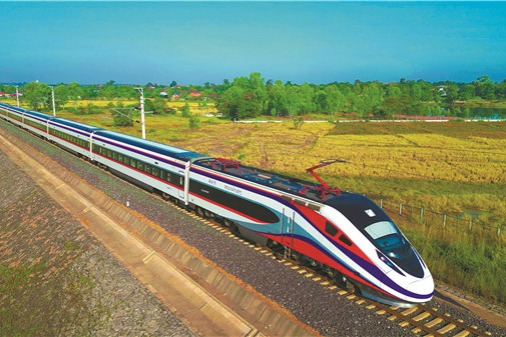Thirty years’ watching the changing face of Beijing

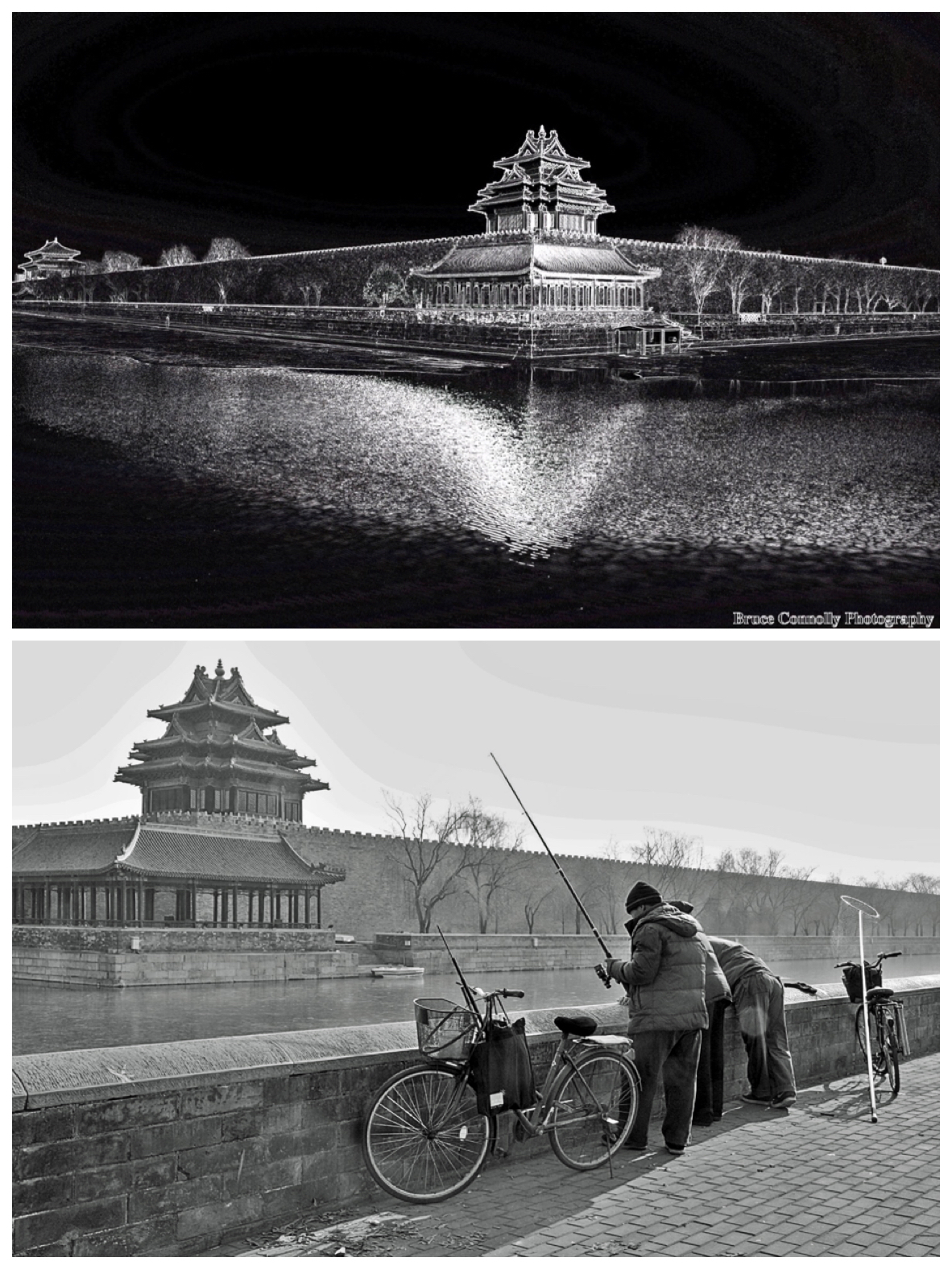
For me, simply being in Beijing in the 1990s was a period of excitement and discovery. Much was old, but there was still a lot waiting to be discovered. With camera in hand, I walked all over the city. In those days of travel, questions back in my native Scotland would often be about the Great Wall; had I stepped on it? The wall stands as an incredible engineering achievement for its time, an iconic symbol for China just like the high-speed rail or Shanghai's Pudong skyline today. Revisiting the Badaling Great Wall north of Beijing in March, I could feel its majesty just as in 1987.
Those early days documenting Beijing's symbols became a mission — for example, the Forbidden City or Imperial Palace was a "must-visit"! It symbolized the traditional heart of Beijing and the country at large, for it was there the Emperor would carry the Mandate of Heaven. Its walls, gates, ornate halls and structures presented so many angles to work with in trying to achieve "page-stoppers", or images that would catch attention. My preferred locations were often around the northern moat, particularly in winter.
I came to realize how much of historic Beijing was influenced by the needs of the Palace. Shichahai, especially around the Silver Ingot Bridge or yindingqiao, was long my favorite hangout. Man-made, its lakes facilitated navigation from the Grand Canal right into the Imperial Palace while providing excellent panoramas for photography of the Drum and Bell Towers, or Zhonggulou.
















